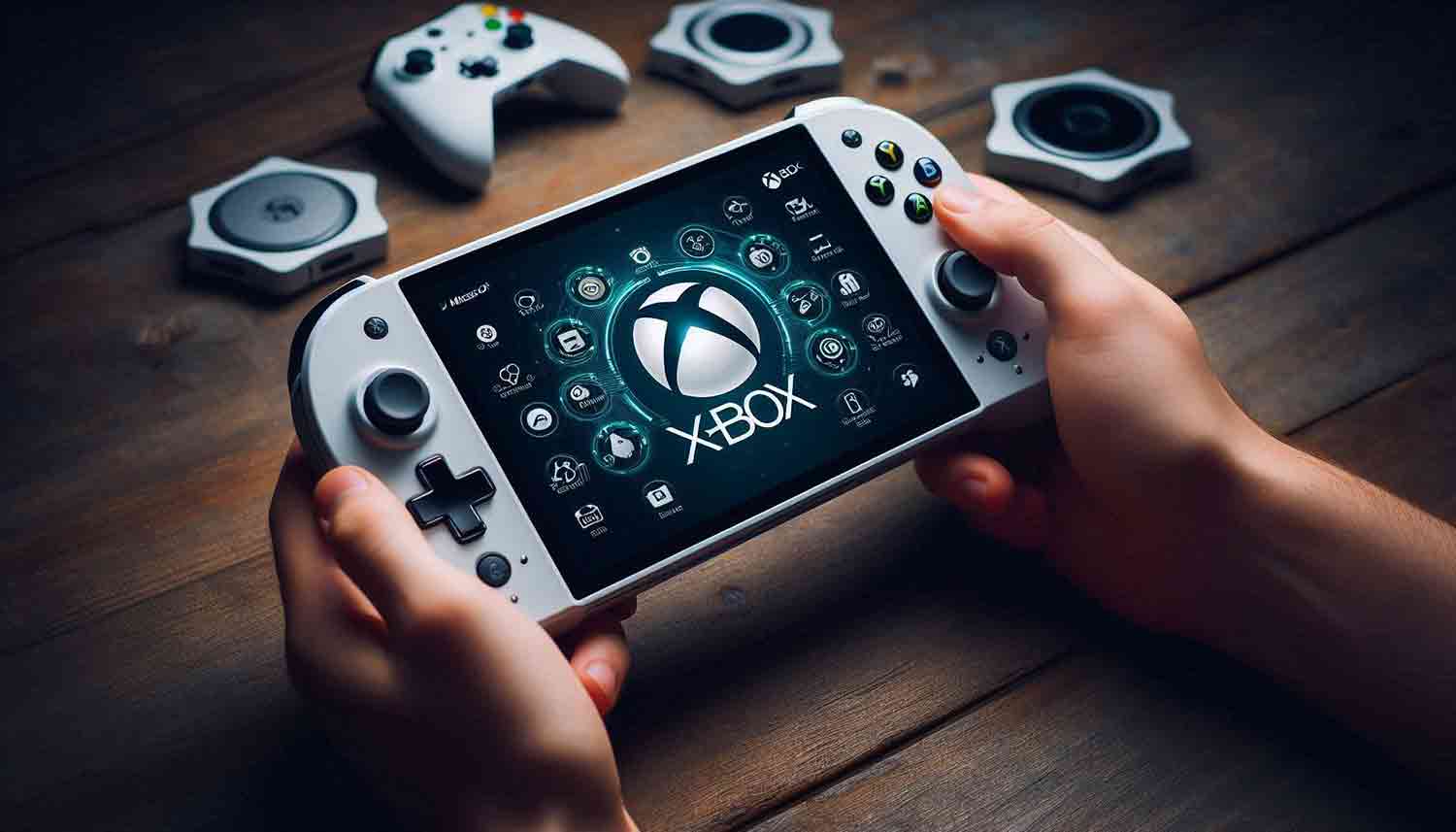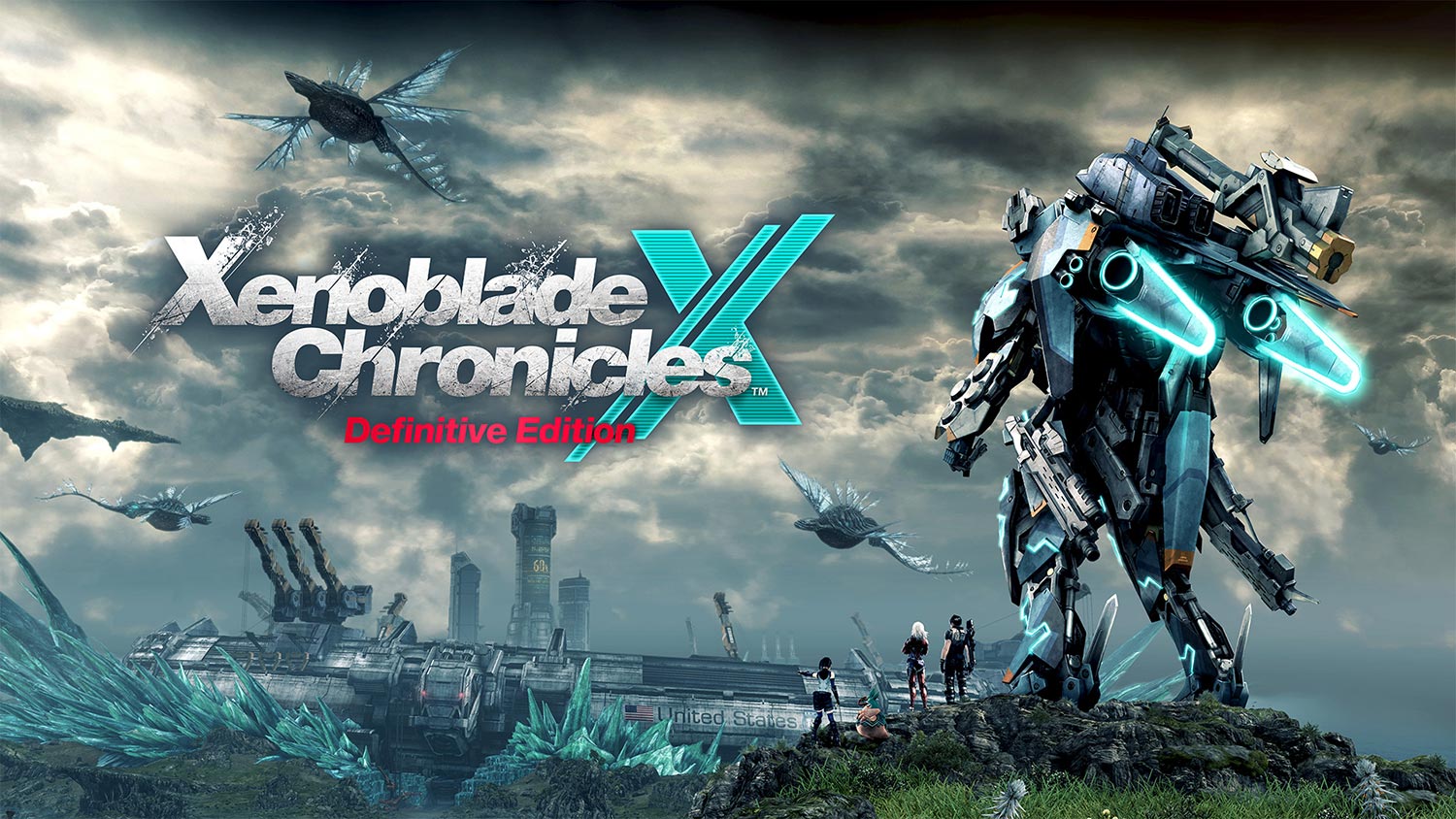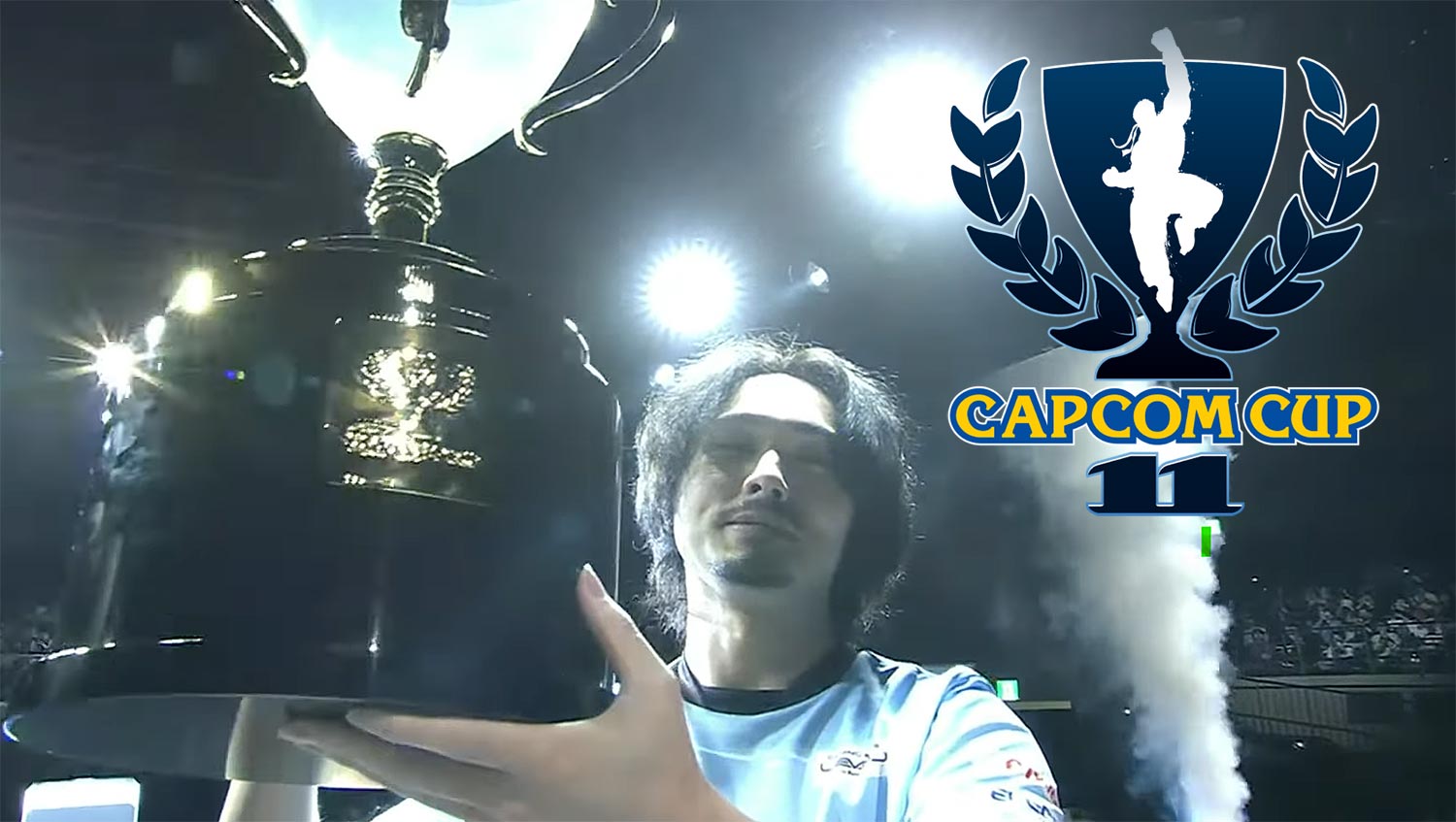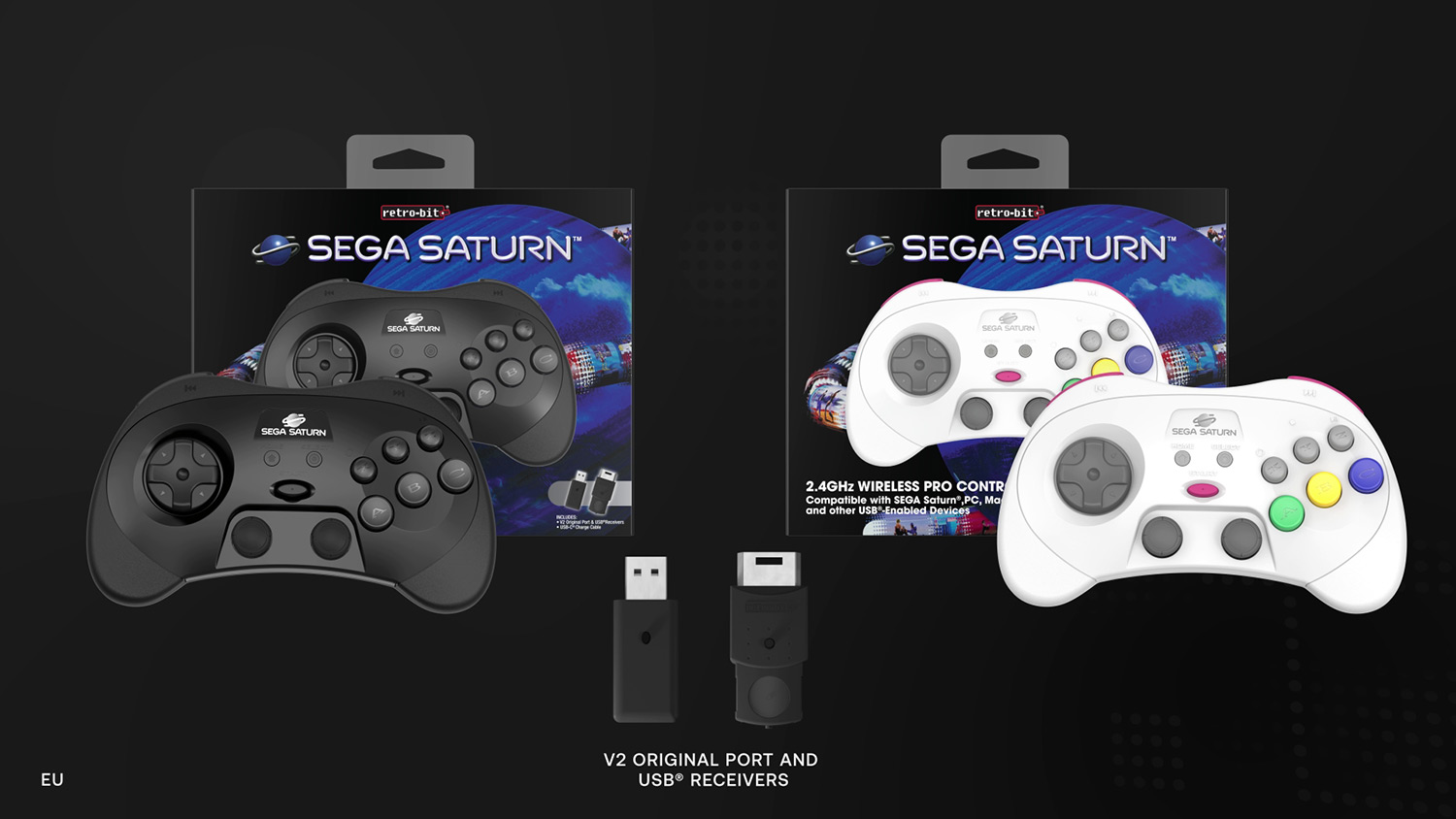
Nous vous laissons découvrir cette nouvelle fiche rumeur sur les caractéristiques techniques de Wii. Nous vous laissons cette fiche technique en Anglais de façon à en respecter chaque ligne. Source : Gonintendo.
The Wii Hardware
– Nintendo Wii’s ‘Broadway’ CPU operates at 729MHZ with a maximum bandwith of 1.9gbyte/sec.
– Nintendo Wii’s ‘HollyWood’ GPU is clocked at 243MHZ, the internal memory of it includes 3mb of embedded graphics memory and 24megabytes of high speed main memory.
– 64megabytes of GDDR3 (MEM2) as the external main memory. Just like the internal memory, it can be accessed from the CPU and GPU with a maximum bandwidth of 4gbytes/sec and can also store programs in the MEM2.
– The GPU of the Wii is identical to the GC’s but it is on average 1.5X faster.
Wii’s Optical Disc Drive
– Opitcal Disc Drive (ODD) supports single and dual layer Wii disks, discs eject with software or button and the maximum read speed is the equivalent of DVDx6.
– Two main disc types supported the single sided 12cm single sided 4.7gb and the double sided 8.51 GB. Nintendo GC discs also supported. Some of the capacity of the discs are used by the system and games can not use full disc space.
– Inserting a disc will start the Wii console, even if it was already in an off state. Pressing the eject button will change the console to an on state to take out the disc also.
General Overview
– An optional wired LAN adapter that connects to a USB port is in the pipeline for users who do not possess a wireless LAN set-up currently.
– Internal non-removable 512MB flash memory used to storage game save data and downloadable content thus eliminating the Need for a memory card.
– Both Wii discs and Gamecube discs can be played via an intelligent mode swap. When running in GC mode, the Wii’s CPU and GPU will lower to the respective speeds of the GC and some of the MEM2 functions as ARAM.
– Software development environment is an upgrade to the ‘Dolphin SDK’ used with the GC; the same libraries are used so developers can get up to scratch easily as well as the possibility of ports being easier.
– The following interfaces are included with the Wii; SD card slot, Wireless controller, two USB 2.0 ports, wireless LAN, 4x GC controller ports, 2x GC memory card slots and an AV multi output jack (only an analog jack).
– Supports Wii disks (one sided 12cm) and GC discs (one sided 8cm) and console auto switches depends on what disk is inserted.
– More than just the Nunchaku is planned as an extension. GC peripherals such as DK bongos can be used in both Wii and GC modes.
– Three power status, on, off and unplugged. To prevent mistaken turn offs, the power button must be held for about a second.
The Wii Control System
– The Wii controller features; Direct Pointing Device, Three axis accelerometer, Wii power button (remotely turn console on/off), buttons, wireless connectivity, indicator LED’s, rumble, battery powered (two AA alkaline batteries) and ability to connect extension unit.
– The Wii controller supports three types of operations; by itself, with a nunchuk extension or with a classic controller. Classic controllers will ship to developers during August 2006.
– The SYNCHRO button on the Wii controller exchanges wireless ID numbers when pressed at the same time as SYNCRHO on the Wii console. Wireless communications are only possible with consoles which have been authenticated.
– The rumble motor can be turned on and off and the intensity can be changed.
– The Wii remote has a pointer for fine movements as well as a motion sensor +/- 3.4G suitable for larger body movements, the nunchuk attachment has a sensor of +/- 2G
– The sensor bar must be placed above or below a TV set, the pointer measures coordinates between the ends of the bar which are about 20cm apart.
– The Wii remote has four status, disconnected, communicating, establishing connection and pairing wait status.
– The pointer can measure co-ordinates within bounds of rectangle centered upon the sensor bar, thus it can also measure points beyond the screen. It also responds to strong light sources, windows, fluorescent lamps, fireplaces, mirrors etc.
– Due to players hands shaking while holding the controller, a ring buffer allows a precise direction to be created to hold and average accelerator samples.



